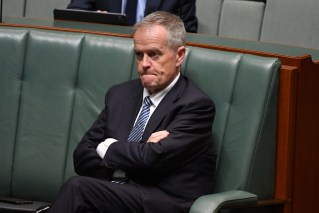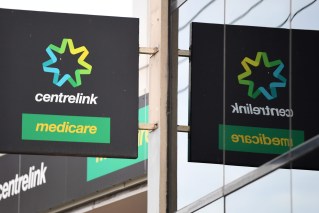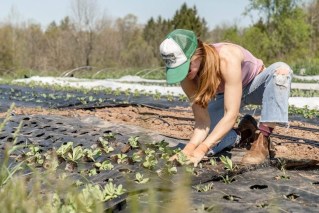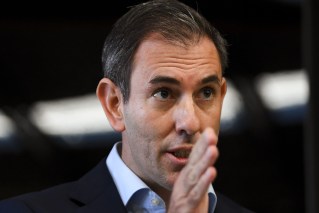Rates versus rents: Damned if you buy, damned if you don’t
Home owners could face a steep rise in mortgages with economists forecasting the Reserve Bank would be forced into lifting above expectations – but renters are under even more pressure.

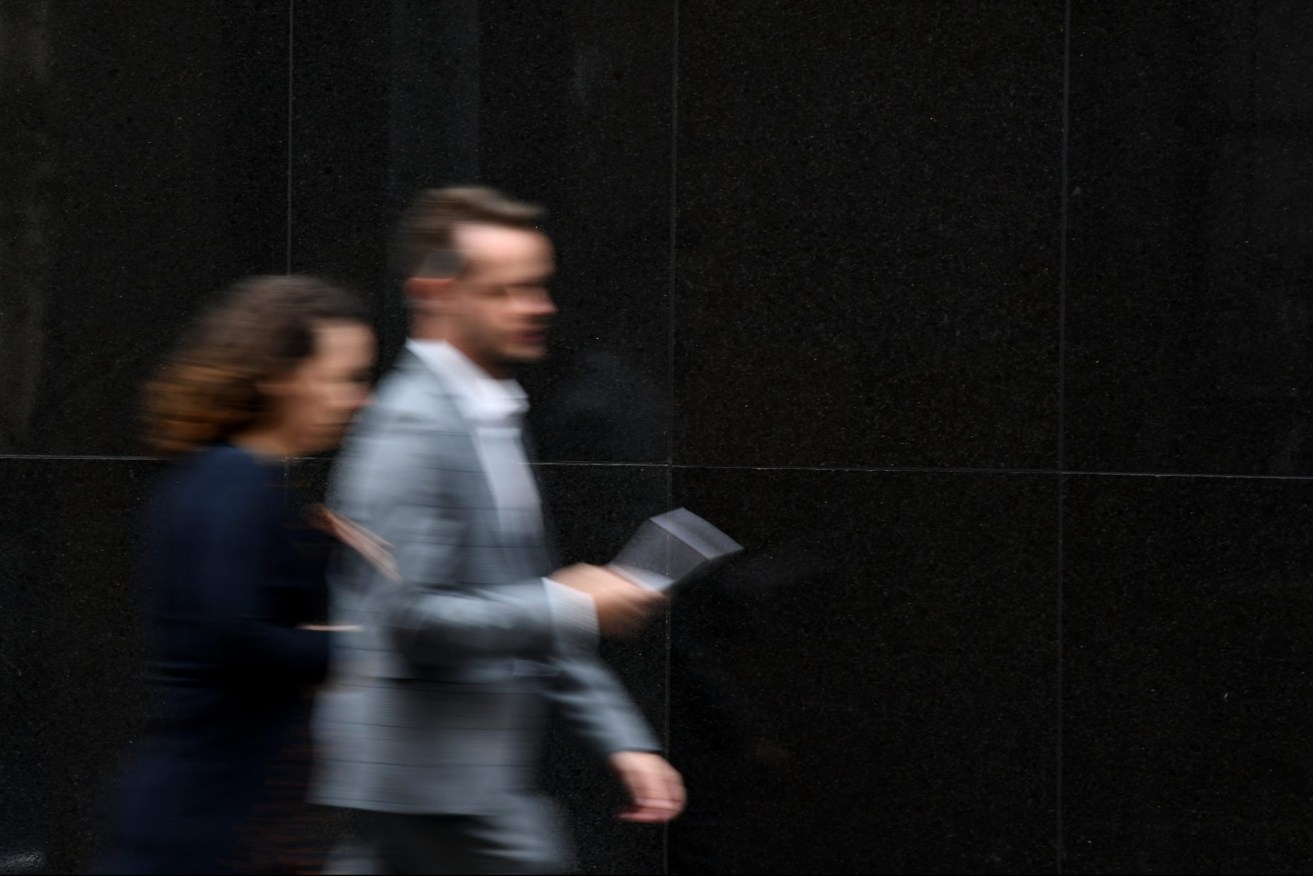
Another rate hike is expected next week (AAP Image/Joel Carrett)
The news isn’t good for renters either with data released today showing a critical shortage of stock and rising rent costs.
The RBA’s cash rate, which serves as benchmark for interest rates, is currently 0.1 per cent and the market has already priced in expectations that it would rise by more than 1 per cent by the end of this year and to 2.5 per cent by 2024 .
“In our view there is a very good chance the end-point for the coming tightening cycle will be higher than this,” ANZ’s head of Australian economics David Plank said.
“Something with a 3-handle is not out of the question.”
Such a move would mean mortgage rates significantly higher than this, which could have an impact on homeowners who bought in the recent real estate boom.
Domain has also revealed Brisbane house prices had hit a median $792,065.
However, household savings were high and Australians had built a significant buffer by reducing their mortgages. Plank said even if the cash rate rose above 2 per cent in 2024 it would not be enough to increase aggregate household interest payments above the long-term average.
Wages were also expected to increase to help cover the extra costs, however Plank also issued a warning.
“In saying this we are conscious that some households will face considerable stress when interest rates rise. Monetary policy is, unfortunately, a blunt tool,” he said.
His forecast follows announcements in the US that the Federal Reserve warned of an interest rate hike in March to tame inflation. There was also an expectation that there would be a crackdown in the US on credit and an end to its massive bond buying program.
According to data from the Real Estate Institute of Queensland the rental market in most of Queensland was no longer healthy with record low vacancy rates hovering just above zero in many places.
The REIQ’s residential vacancy report, based on SQM Research data, showed many parts of Queensland had reached rock bottom for vacancies. The worst was 0.1 per cent in Maryborough in 2021. Bundaberg and Gympie were only slightly better.
“In fact, of the 50 local government areas and sub regions reported on, the only areas that tipped into the “healthy” range during 2021 were within Greater Brisbane – including Brisbane’s inner city (0-5km) at 2.8 per cent (in March quarter) followed by the Bay Islands at 2.7 per cent (in December quarter),’’ the report said.
A separate report from CoreLogic said rents had been under “extraordinary pressure’’ because of the demand for detached housing as more people worked from home.
CoreLogic said it was regional Australia where the impact was worst. In the past decade regional rents had increased by 33 per cent compared with 25 per cent in the capital cities.
The CoreLogic data showed Brisbane had the strongest performing rental market of all the capitals rising 2.3 per cent. A typical dwelling in the city now rents for $507 a week.
However, owners of rental properties were also being impacted as higher property prices meant yields on their investments fell to a record low of 3.2 per cent nationally.
The REIQ-SQM data showed real pressure was in the Queensland coastal tourism centres where vacancy rates were particularly bad. The Sunshine Coast (0.5 per cent), Caloundra Coast (0.6 per cent), Gold Coast (0.6 per cent), Fraser Coast (0.6 per cent), Noosa (0.8 per cent) were still in high demand with vacancies hardly letting up.
“Along the state’s boundary with New South Wales, the Southern Downs region and the Goondiwindi region held some of the tightest vacancies at 0.2 per cent and 0.3 per cent respectively, perhaps with “border bubble” residents, who used to move freely between the two states, forced to choose a side.
“Vacancies were tight right to the top of Queensland too, with the Tablelands (0.2 per cent) and Cook (0.4 per cent) both stagnant, while Mareeba (0.4 per cent) and Cairns (0.7 per cent) moved fractionally by 0.1 per cent.
Rockhampton and Toowoomba recorded 0.4 per cent while Mackay and Townsville were 0.7 per cent. Gladstone looked slightly better at 1.2 per cent.
REIQ CEO Antonia Mercorella said she couldn’t recall a time where tight vacancy rates were so consistently and drastically low across Queensland, citing COVID-19 creating unique behaviour.
“We’re experiencing the perfect storm of low housing supply levels, incredibly high interstate and intrastate migration particularly to our regions, longer length tenancies as tenants choose to stay put for greater security and certainty, and less shared tenancies as people want more space now they’re working from home,” Mercorella said.
“A rental market as extraordinarily tight as this presents challenges to the local economy and to the community.”

